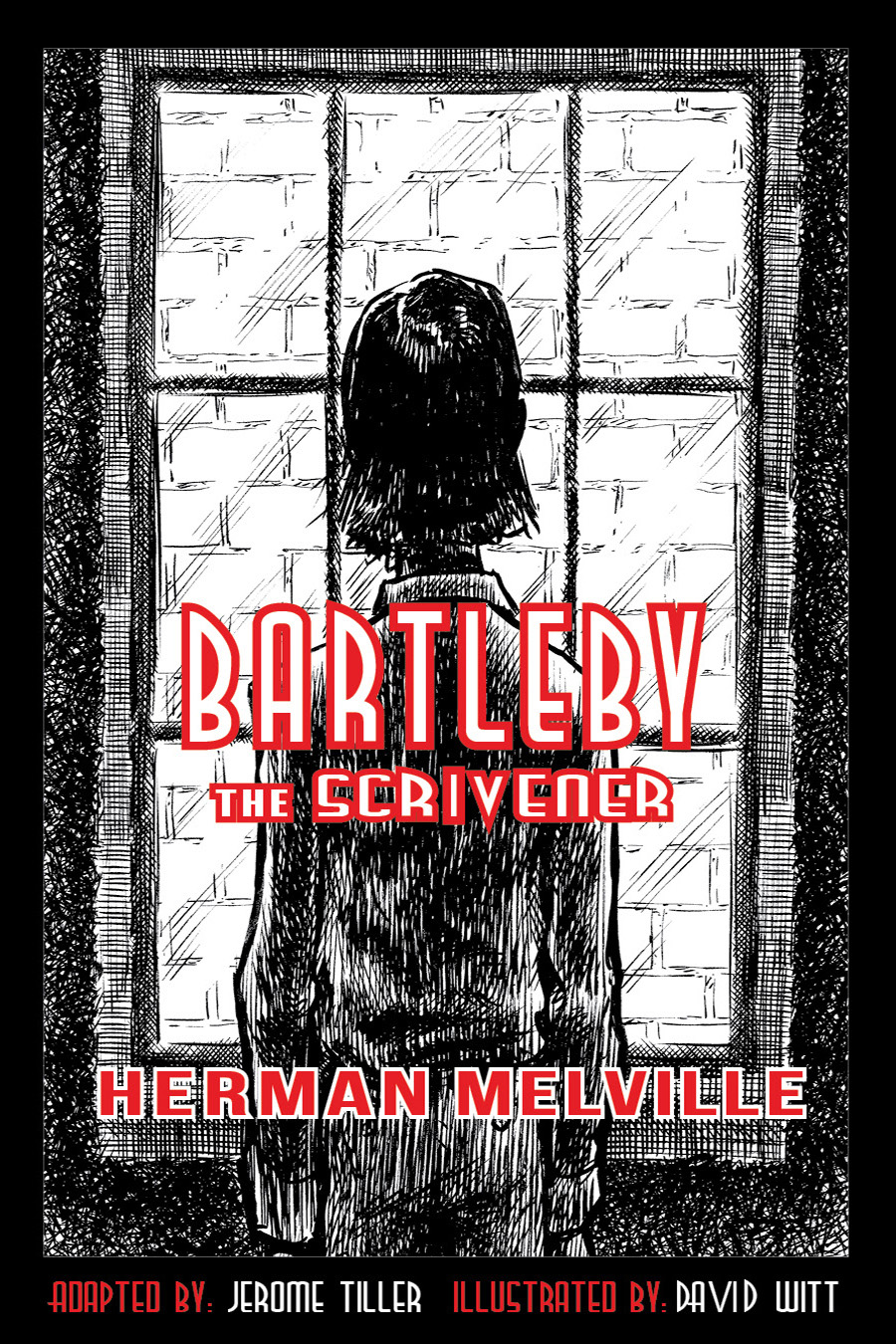Feathertop Satire in Classroom Discussions
The satire in Nathaniel Hawthorne’s Feathertop works well for middle-school classroom discussions. Many literary intellectuals say the satire in this story is too obvious to be effective. But aside from child prodigies, middle-school readers aren’t as full-blown heady as literary intellectuals. That makes Feathertop a perfect introduction to satire for them, and for me too.
No question, the satire in Feathertop is obvious on the surface. After all, the story is precisely about the artificial masks humans wear to misrepresent what lies beneath. Middle school student will discover this surface satire immediately. Either that or they will easily accept the truth of it during a classroom discussion.
Such classroom discussions should begin with the obvious satire on the surface of Feathertop. Teachers can take this convenient opportunity to define satire for their students. But then the fun might begin. Because Nathaniel Hawthorne, a deep man, a great author, never puts all the meaning on the surface of his stories.
Nathaniel Hawthorne would admire their talent for that. Certainly, Feathertop the character represents the phoniness that prevails in the world. But Hawthorne’s stories always probe beneath the obvious surface. A deeply spiritual man, Hawthorne would be more interested in what causes our phony condition, even if he’d likely agree the cause is truly unknowable.
Middle school students might be interested in what lies beneath the surface of Feathertop as well. And that’s precisely what would motivate a valuable classroom discussion!
.
[caption id="attachment_923" align="aligncenter" width="500"] Mother Rigby whispers instructions to Feathertop[/caption]
Mother Rigby whispers instructions to Feathertop[/caption]
No question, the satire in Feathertop is obvious on the surface. After all, the story is precisely about the artificial masks humans wear to misrepresent what lies beneath. Middle school student will discover this surface satire immediately. Either that or they will easily accept the truth of it during a classroom discussion.
Such classroom discussions should begin with the obvious satire on the surface of Feathertop. Teachers can take this convenient opportunity to define satire for their students. But then the fun might begin. Because Nathaniel Hawthorne, a deep man, a great author, never puts all the meaning on the surface of his stories.
Digging Deeper in Classroom Discussions
As middle school students, with their freshly-minted abstract thinking patterns, dig for deeper meanings during classroom discussions, they could surprise literary intellectuals with what they find in Feathertop. Perhaps they’ll find not-so-obvious meanings that hardened intellectuals would miss. Strangely world-wise despite their youthful inexperience, modern middle schoolers are known to regularly see through artifice, including the masks adults wear, to the hidden truths that lie beneath the surface.Nathaniel Hawthorne would admire their talent for that. Certainly, Feathertop the character represents the phoniness that prevails in the world. But Hawthorne’s stories always probe beneath the obvious surface. A deeply spiritual man, Hawthorne would be more interested in what causes our phony condition, even if he’d likely agree the cause is truly unknowable.
Middle school students might be interested in what lies beneath the surface of Feathertop as well. And that’s precisely what would motivate a valuable classroom discussion!
.
[caption id="attachment_923" align="aligncenter" width="500"]
 Mother Rigby whispers instructions to Feathertop[/caption]
Mother Rigby whispers instructions to Feathertop[/caption]

